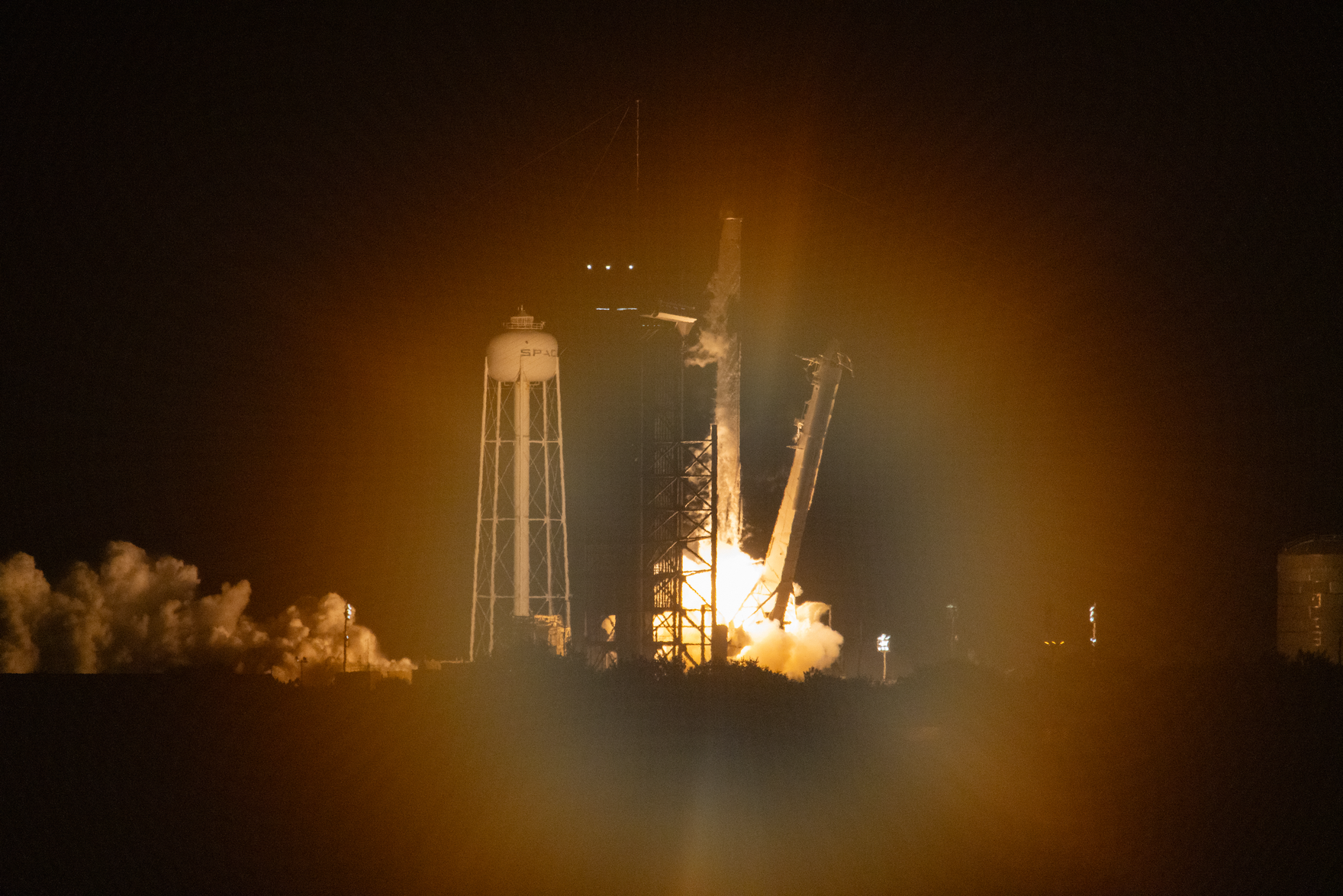As the space domain grows more accessible via new technologies and less costly access to Earth’s orbit, small and developing countries and private actors are transforming this ecosystem. The United States is leading the charge, fostering the development of so-called new space through contracting and public-private partnerships for commercial launches and other technologies.
The effect is one of norm-setting, establishing operating principles through private corporate activity. However, as Australia, South Korea and developing states such as Rwanda enter the race, a new dynamic presents itself — one of relative parity between states and corporations. This trend is occurring against a backdrop of continuing competition between prominent state actors.
At issue, ultimately, is whether international space law can achieve just outcomes. This uncertainty is a critical emerging global security issue. In the absence of effective local, national and international space governance, the stage is set for future conflict. Significant contributions to rising tensions include a lack of trust about the intentions of different space actors and insufficient legal clarity governing space activities. And there are considerable challenges to achieving an international consensus on the codification and implementation of a space governance regime.
Together, these obstacles can lead to further polarization, escalation and, in the worst case, a strategic miscalculation.
An early example of domestic ambition colliding with international ambiguity occurred in September 2020, when the National Aeronautics and Space Administration (NASA) announced it would purchase lunar soil, collected from any location on the Moon’s surface, obtained by commercial landers. The collector would “provide imagery to NASA of the collection and the collected material, along with data that identifies the collection location” and conduct an “’in-place’ transfer of ownership of the lunar regolith [or rocks] to NASA.”
Not only was there no global arrangement in place to determine the equity of such use, but new estimates by planetary scientists in the United States suggest Earth’s Moon may contain an unknown quantity of ice. Given the stated goal of various actors to find and use resources, such as lunar ice, to support lunar habitation and deep space exploration, it is already clear that water ice on the Moon will be a precious resource.
Is “first come, first served” an acceptable approach? NASA has now taken a first step at attempting to look at these wider equity issues.
This race for resources applies to Earth’s orbit as well. Despite the existence of the 2019 Guidelines for the Long-term Sustainability of Outer Space Activities, mandated by the United Nations Committee on the Peaceful Uses of Outer Space, and current efforts at implementation, the situation is increasingly fraught. If current projections for future satellite mega-constellations and an in-space economy are correct, the “democratization” of space traffic management and space situational awareness is critical to avoid havoc. Yet democratization has not figured greatly in space operations so far.
We need only look to history to hypothesize plausible futures. Leigh Foster, director of space systems at Rocket Lab, and Namrata Goswami, an independent scholar, have warned about the consequences of a first-come, first-served “scramble for the skies” mentality. History is rife with violent conflicts fuelled by competition for key natural resources such as timber, minerals, and oil and gas. These battles often cause environmental damage and marginalize populations that do not benefit economically from the extraction and exploitation of the resource.
Without legal clarity that ensures fair distribution, while recognizing the utility of property rights, rivalry and conflict seem highly likely. The result will be harm — even if there are no Indigenous communities in space that could stand in local courts to speak for the intrinsic value of nature, as has been the case on Earth.
Colonialist mindsets are still prolific in contemporary space exploration and expansion, including in science and engineering. In the United States, a case was argued before the United States Court of Appeals for the District of Columbia Circuit in December 2021 (by Viasat against the Federal Communications Commission and SpaceX as intervenor), stating that the National Environmental Policy Act should apply to space. While this issue was dismissed by the court, and given the thorny issues involved with processes such as environmental impact assessments, climate change litigation has taught us that this debate is far from over.
An environmental lens, particularly a humanistic one, would ensure a relationship of stewardship in our approach to space.
How Can the Risks of Conflict in Space Be Mitigated?
Some jurisdictions, such as the United Kingdom, are now using licensing requirements to set standards and incentives, rewarding sustainable practice and going beyond NASA procurement standards. We should expect more of this from other licensing authorities. That said, it will be important to take a multi-stakeholder approach to the development of these standards.
Furthermore, it is problematic to recognize space simply as a “domain” rather than an “environment.” While North Atlantic Treaty Organization space policy states that “space is an inherently global environment,” this lens stems from a classic military posture. An environmental lens, particularly a humanistic one, would ensure a relationship of stewardship in our approach to space. As difficult as reaching an agreement may be, it is worth noting that in 1996, the International Court of Justice in the nuclear weapons advisory opinion found that states must take environmental considerations into account when assessing what is necessary and proportionate in the pursuit of legitimate military objectives.
This decision is important: In the near term, even as new space actors emerge, the incumbent militaries remain the most powerful space actors. The National Security Space Strategy is among the fastest-growing areas of the US Department of Defense budget. In 2023, US Space Force funding was comparable to NASA’s for the first time.
The most apparent path forward may be clarifying the various actors’ intents in space, thereby building trust. However, international environmental law scholars Neil Craik and Nigel Moore argue that defining an activity in terms of stated intent is problematic, since intent may not always be apparent or believable.
In the context of technological innovations, the late Harvard University professor Calestous Juma revealed the extent to which modern technical controversies grow out of mistrust of the very public and private institutions established to create and manage these innovations. Examples include coffee, the printing press, margarine, farm mechanization, electricity, mechanical refrigeration, recorded music, and transgenic crops and animals. For instance, Juma recounts, the owners of incumbent “legacy” technologies often throw up obstacles to the adoption and spread of potentially disruptive competitors.
Practically, the critical question is simply this: What mechanisms must we use to increase trust, not only in the identities of actors, but also in the production of products and services and in the control systems, and how they are used, shared and safeguarded?
Current systems may not be effective, given the Cold War context from which they emerged and the complexity of governance in a domain where messages tend to be driven by rhetoric and mythology. While defining responsible behaviour in space may be complex, due to varied perspectives and intentions, there are precedents and standards for responsible innovation that may help point a way forward.
Existing standards, simple steps such as the timely registration of space objects and the processes for developing new standards, can be a starting point for improving communication and collaboration. The goal is a science-driven, adaptive governance system that considers equity and fairness for all. Admittedly, setting up new mechanisms is no small task. It is, however, essential if the human species is to achieve the intended outcome of international space law, which is justice.



